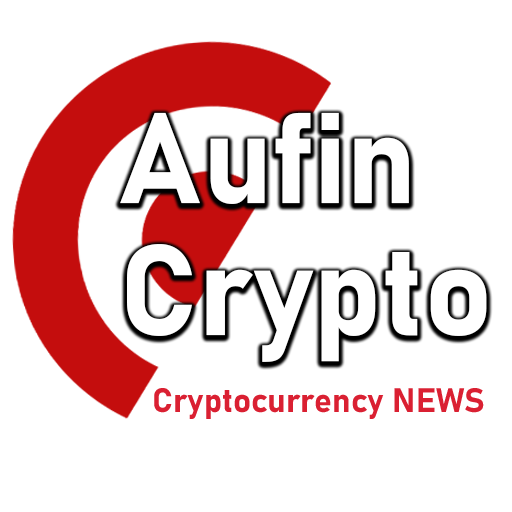DeFi pillars to trade, borrow and earn passive income in just a few clicks
Before diving into the world of decentralized finance, it is necessary to define a few pillars: the real reference points that make up the history of this ecosystem. Being an agent-free environmentWe need interfaces that allow us to take advantage of some of DeFi’s core features: exchange one crypto for another, or offer or borrow liquidity.
Thanks to the distributed ledger and smart contracts, we have the ability to notarize and trade without the intervention of a third party. To do this, all you need is an unsupervised wallet with liquidity in it, in which we have private keys, and then interacting with a DApp. Decentralized applications allow us to communicate with smart contracts through their interfaces.
uniswap
One of the first pillars in DeFi history regarding cryptocurrency exchange Uniswap is considered the perfect decentralized exchange (DEX). Thanks to Uniswap, it is possible to exchange without intermediaries by connecting your wallet to the application and complying with the exchange conditions.
To use an analogy, Uniswap can be likened to a physical money changer we often find at airports, or an exchange like Coinbase and Binance that offer a “centralized” version of the same service. Uniswap requires you to comply with the current exchange terms regarding the price of one crypto against another, but with the advantage: To be able to perform the transaction without having to register.
Using Uniswap is very simple. First of all, you need to link your wallet (with Ether) to the Uniswap app; Once we have adjusted how many ETH we want to exchange, we will be able to preview our operation: both how much we will spend in ETH and how much we will receive in the chosen cryptocurrency. We confirm the transaction by sending a transaction on the Ethereum blockchain: we just have to wait for confirmation and that’s it, the desired crypto will appear in our wallet.
However, as Uniswap is an agentless and permissionless service, Uniswap does not only allow the use of a service such as an exchange, but also supply service. We can offer liquidity with liquidity provisioning and thereby allowing other users to transact between one asset and another, receiving a portion of the commissions (liquidity provider fee) in return. But beware of temporary losses!
AAVE and Compound
DeFi allows not only trading, but also borrowing liquidity: it does all of this in the absence of a broker. In this case the columns AAVE and Compound: these DApps allow you to: Borrow liquidity without going through banks or lengthy bureaucratic processes. Most of the time, actually, getting a loan on TradFi isn’t a great success: it takes a lot of time and the right “guarantees”.
Protocols like AAVE and Compound eliminate any middlemen, making loan terms extremely flexible. But even in the world of DeFi, a guarantee called “collateral” is needed. Users can “block” their liquidity (e.g. ETH or WBTC) as collateral for borrowing other liquidities (e.g. stablecoins, i.e. tokens whose value is tied to a unit of the currency they represent, e.g. dollars). However, it should be emphasized that this is always necessary. blocking more assets as collateral than we want to borrow: This principle is called “over-collateralization”.
Blocking liquidity may seem like an invalid move, but this procedure allows any user to gain liquidity (perhaps for a new investment) without having to sell their holdings. The world of DeFi allows all this to be managed in the absence of an intermediary and Non-payment of debt always has a liquidator ready to make up for its defaults.. No time restrictions, no monthly or weekly installments: We can pay or update our debt whenever and wherever we want, as long as we comply with the maximum borrowing limits.
This is just a fraction of what is possible in the world of DeFi: These three platforms represent the tip of the iceberg of the large group of DApps scattered across various networks. We’ll be back to dig deeper into the mechanisms behind these wonderful apps in more detail.
Alberto Cuculachi is an entrepreneur, popularizer and university professor in Marketing and Business Development. He has been following the blockchain world since 2013 and founded his YouTube channel DeFi Talks in 2021. It has reached more than half a million people in more than 100 different countries through its channels in the past year. Today, he is engaged in creating useful educational content and tools to make the world of crypto and DeFi accessible to all.
Alessio Vilmercati is a 22-year-old investor and DeFi enthusiast with a Business and Management degree. In 2022, he obtained his Blockchain Technology & Management certificate at the Blockchain Management School in Rome. Predominantly in the world of DeFi, Alessio devotes himself to reviewing dApps every day, looking for new opportunities every day. As an open supporter of this technology and its future application in the traditional world, DeFi Talks collaborates with the YouTube channel.
Federico Chironi is a 23-year-old trader and DeFi enthusiast with a Business Administration degree; He then chose to continue his education with a Master’s degree in Blockchain Technology and Management at the Blockchain Management School in 2021. He has been studying and investing in the blockchain world, especially in the DeFi sector, since 2020. In keeping with the innovations that Decentralized Finance will bring in the coming years, it has recently been engaged in dissemination activities on the subject in cooperation with the YouTube channel DeFi Talks.
Luigi Travaglini is a popularizer and technical advisor in the cryptocurrency industry. He intersects with the crypto world between 2014 and 2015, then becomes passionate and never breaks himself off. Combining his academic career with a long technical study in the field of blockchain, he started to provide training and assistance services in 2018.

